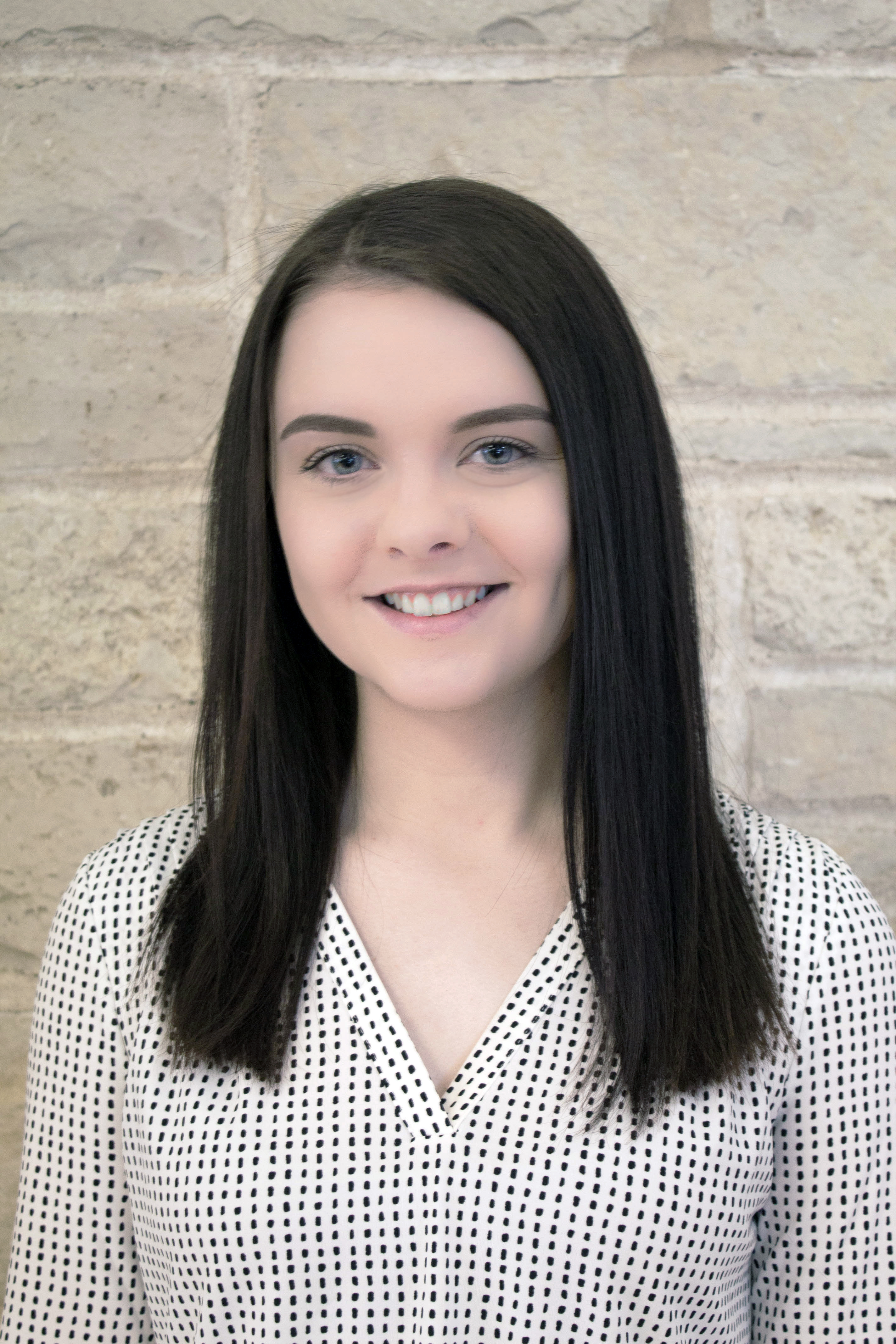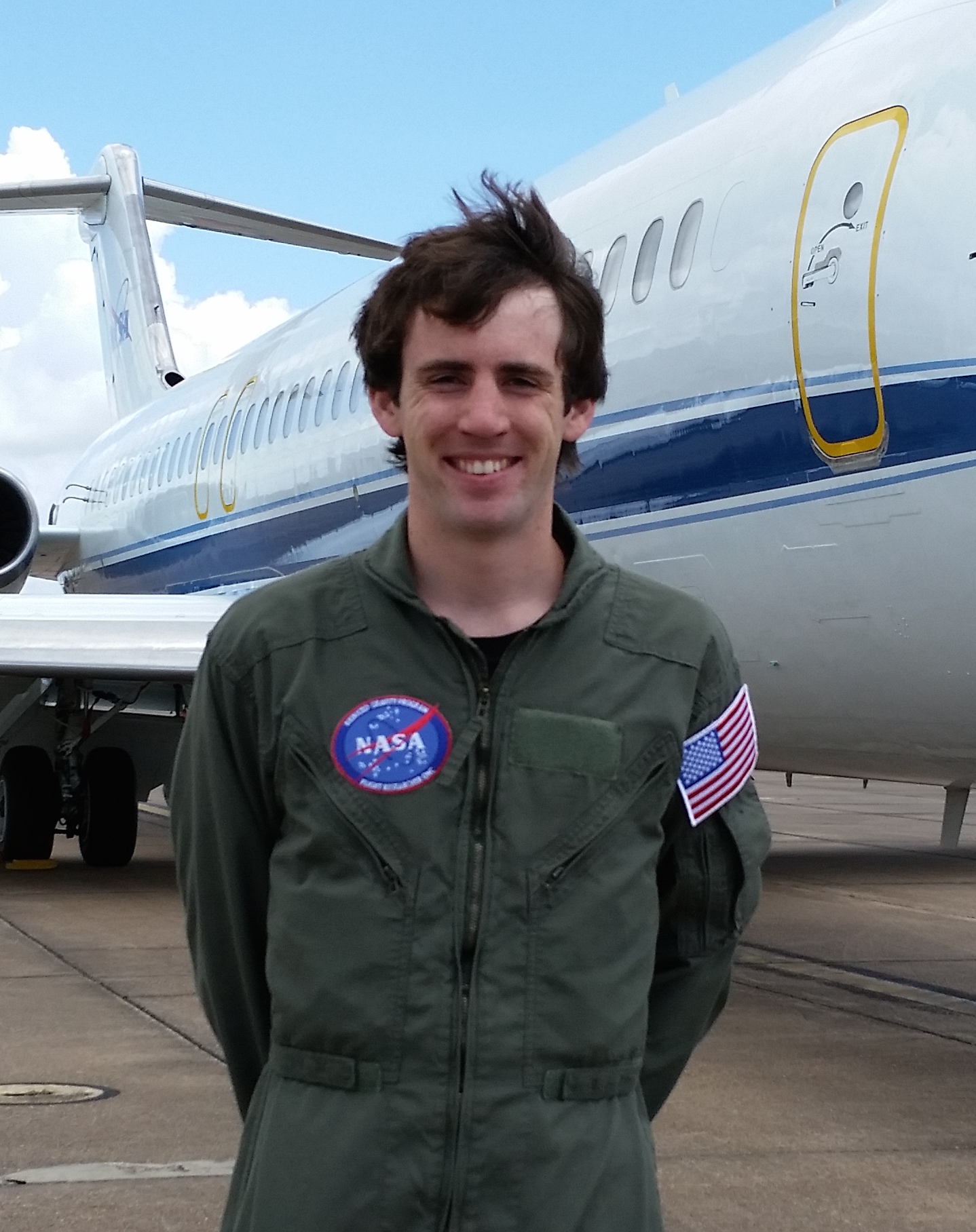Celebration of Scholars
Microgravity Propellant Gauging Using Experimental Modal Analysis
 Name:
Tessa Rundle
Name:
Tessa Rundle
Major: Physics
Hometown: Dodgeville, WI
Faculty Sponsor: Kevin Crosby
Other Sponsors:
Type of research: Independent research
Funding: NASA grant NNX13AR65G and the Wisconsin Space Grant Consortium
 Name:
Kevin LeCaptain
Name:
Kevin LeCaptain
Major: Physics/Mathematics
Hometown: Fairfax, IA
Faculty Sponsor: Kevin Crosby
Other Sponsors:
Type of research: Independent research
Funding: NASA grant NNX13AR65G and the Wisconsin Space Grant Consortium
Abstract
Zero-gravity propellant gauging is a critical-path technology for future spacecraft design. Conventional methods of measuring propellant volume are ineffective in microgravity conditions, and spacecraft currently rely on indirect methods such as equation-of-state calculations and burn-time integration, which are less accurate at lower propellant levels. For the past four years, the Carthage College Microgravity Team has been working with Kennedy Space Center to develop a non-invasive zero-gravity mass-gauging system. Our modal approach to mass gauging uses shifts in the resonant modes of the propellant tank to track the effective mass of the tank, and thereby infer the liquid volume within. We demonstrate a volume-gauging resolution of less than 1% of the tank volume in the settled, 1-g state. Zero-gravity measurements compiled after four parabolic flight campaigns suggest a gauging resolution of less than 2% in the unsettled, zero-gravity state. These results are compared with traditional methods of zero-gravity volume gauging and the future applications and development of the technique is addressed.
Submit date: March 14, 2016, 3:25 p.m.
